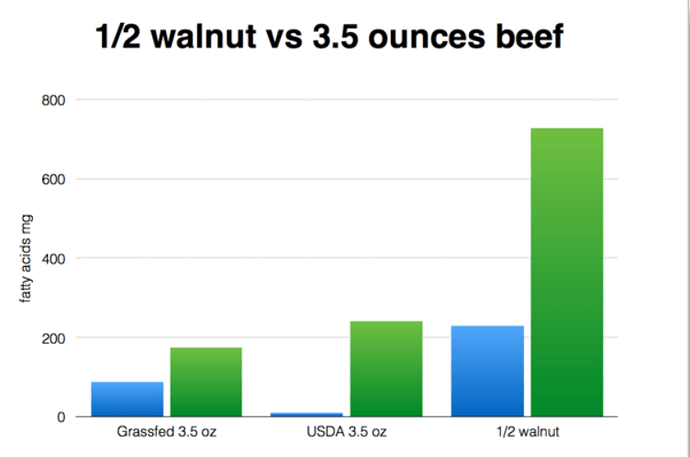In addition to the omega 6 issue, which as Michael suggests, you can off-set with a good source of Omega 3, you may also wish to consider the potential impact of oxylates, which can be present in high concentrations in nuts.
When I first went keto I consumed a lot of almond flour to make substitute pizza dough etc. I also eat a lot of almonds and peanuts as snack foods. Approximately 1.5 years after going keto I started to experience intense inflammation and swelling in one thumb joint. So much so it interfered with grip strength and my sleep and I had to see my doc. The diagnosis was that I was getting old and take some anti-inflammatory analgesics. I did this dutifully but as in many cases this was just a band aid and did not cure the underlying problem.
I did not connect the two until I watched a video by Sally Norton on the potential side effects of oxylates. Apparently almonds can contain relatively high oxylate concentrations. So I went cold turkey on all the nuts and nut flowers and my joint pain completely cleared up approximately 3-4 weeks later.
Obviously this is n=1 anecdote, but there were no other significant changes in my diet or lifestyle to explain the change. I acknowledge that it may have just been a coincidence. However, I now limit my consumption of nuts and to those with lower oxylate levels. Apparently individual susceptibility to oxylates can be highly variable and this may or may not become an issue for you.
The other thing to be aware off is the high energy content of nuts, and they can be easily over-indulged as a snack. As a consequence they may help to inhibition weight lose, if that is a concern for you.
HTH


